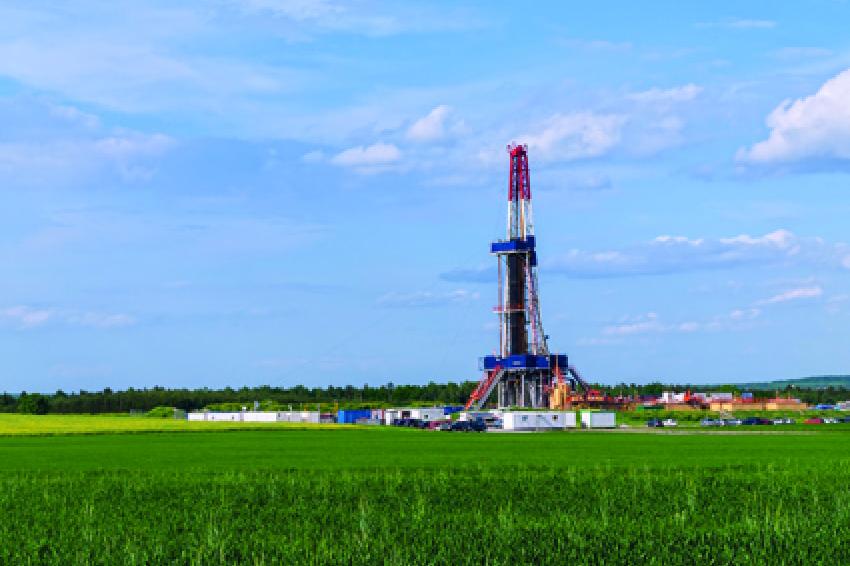Shale Gas to Reshape World Energy Markets
Impact on Energy and Chemicals Industries, Causing Geopolitical Repercussions
Energy - Of all energy resources, oil and coal dominate global consumption. While natural gas currently holds a significant share of the energy market, newly discovered shale gas reserves around the globe are likely to promote consumption of gas as both an energy source and an affordable feedstock for a wide variety of chemicals and materials.
Frost & Sullivan's new report "Analysis of the Global Shale Gas Market"examines the impact of shale gas on the chemical industry and looks at the shale gas market as a whole.
"The rapid development of shale resources is set to dramatically change the current energy assets globally," Frost & Sullivan Consulting Analyst Dr. Michael Mbogoro said. "Europe will, in the long term, decrease the region's dependence on supplies from Russia and the Middle East, thus reducing their dominance in energy markets. It is likely to also give rise to new geopolitical alliances at the expense of old."
Most demand in Asia will come from China and Japan, following China's insatiable energy needs (as a result of rapid growth) and Japan's expected increased dependence on natural gas following the Fukushima nuclear disaster. The large shale gas reserves in China will only temporarily ease the import burden, even if one accounts for increased power generation capacity from other sources such as hydro, solar and wind.
Furthermore, large chemical companies are shifting investment patterns to exploit the rich shale gas reserves in the United States, at the expense of the Middle East and other natural gas-rich regions. North American natural gas prices are the lowest globally, and chemical companies are fueling a revival of the U.S. manufacturing sector by capitalizing on this cheap supply.
Additionally, opportunities exist for wastewater treatment companies due to high volumes of water consumed in shale gas production and for companies that produce hydraulic fracturing chemicals.
"The hydraulic fracturing chemicals market is projected to grow by approximately 10 % annually through 2020," Dr. Mbogoro explained. "The market is dominated by large energy service companies that enjoy close relationships with oil and gas participants. However, chemical companies still have a significant market share. Gelling agents are the major fracturing chemicals by volume, followed by friction reducers and corrosion inhibitors".
Due to increased shale gas production in North America, demand has increased for gelling chemicals, such as guar gum, resulting in severe global shortages and high prices.
The wastewater treatment chemicals market is also growing because of the shale gas boom. While some chemicals are commoditized, innovative solutions to water treatment continue to emerge. Due to the huge volumes of water needed for shale gas production and increased regulations limiting toxicity levels in wastewater, innovative firms can tap into a market with good growth prospects over the next 20 years.
Analysis of the Global Shale Gas Market is part of the chemicals, materials & food growth partnership service program, which also includes research on oilfield chemicals, water and waste water chemicals as well as materials for infrastructural development. All research included in subscriptions provide detailed market opportunities and industry trends evaluated following extensive interviews with market participants.
For more information, please visit www.energy.frost.com
Contact
Frost & Sullivan
Clemensstr. 9
60487 Frankfurt
Germany
+49 69 7703343
+49 69 234566





